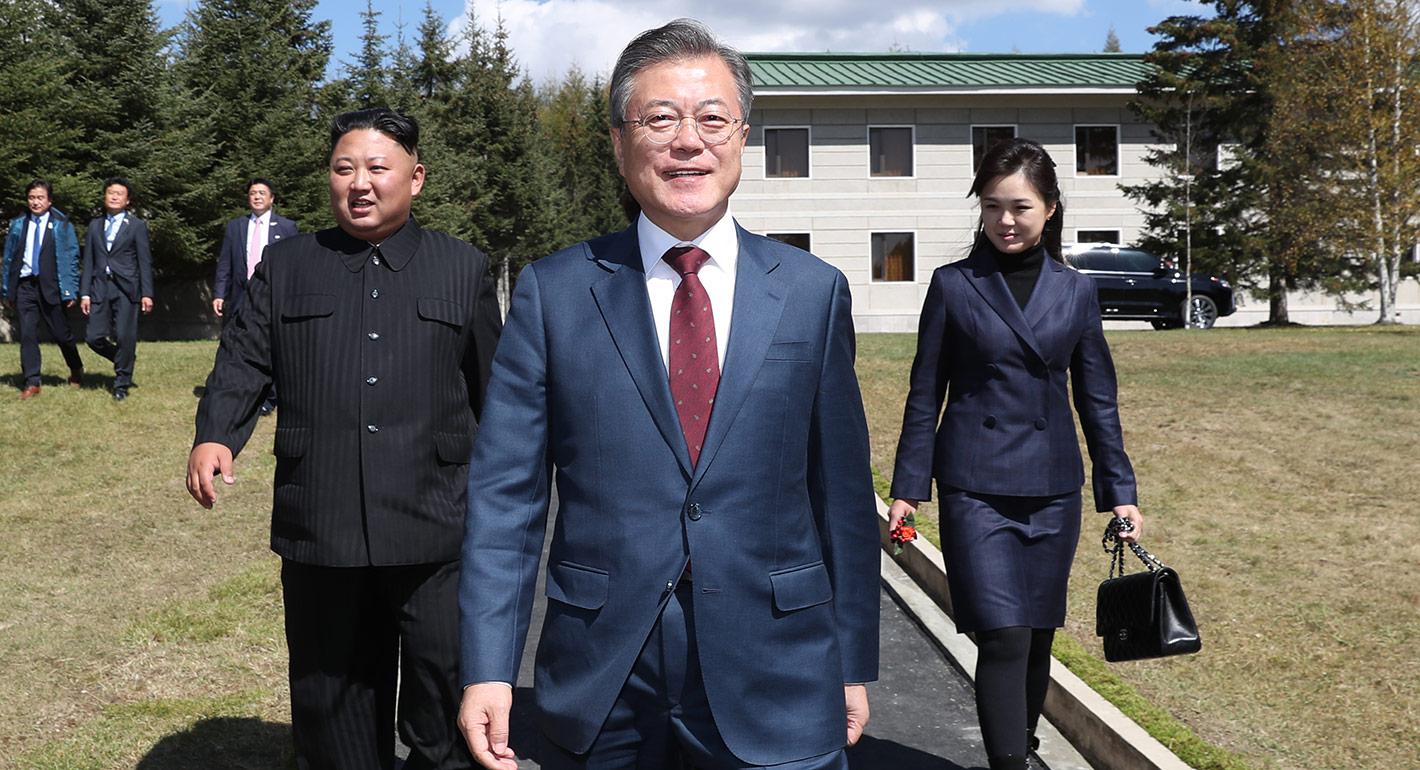Source: Korea Economic Institute of America
While President Moon Jae-in has a calmer demeanor than his mentor and friend, former President Roh Moo-hyun, there can be no doubt that his vision for transforming Northeast Asia is as far-reaching. While Moon has been more careful to assuage the U.S. president, less abrasive in his language toward Japan, and more strategic in reaching out to leaders in China and Russia, his strategy of putting North Korea at the forefront of regional realignment has similar geopolitical ambition. The objective is the rejuvenation of a reintegrated peninsula with the capacity to steer actions by all of the great powers rather than falling prey again to their machinations that are not in Korea’s interest.
During his presidential election campaign, candidate Moon remarked of his life-long friend, Roh Moo-hyun: “If I take the office, I’ll tell him at his memorial service, ‘Now you rest in peace. I’ll realize your unachieved dreams.’” Though Moon served as a top aide in the Roh administration, he saw himself as ultimately returning to a career in law. But Roh’s tragic suicide galvanized Moon to enter electoral politics for the first time and win a seat in the National Assembly. It was fitting, then, that when Moon gave his first speech on his vision for inter-Korean relations at the Körber Foundation on July 6, 2017 he characterized himself as “inheriting” the engagement policy of his progressive predecessors Roh and Kim Dae-jung.
This article was originally published by the Korea Economic Institute of America.


.jpg)
.jpg)

